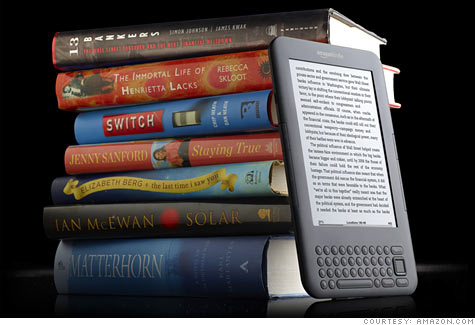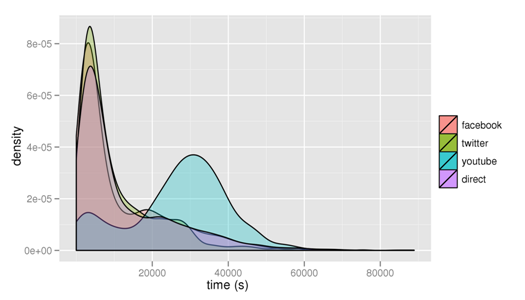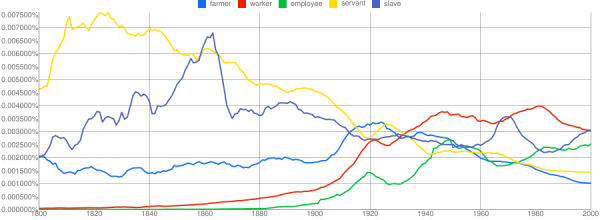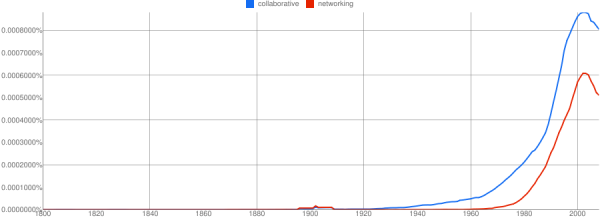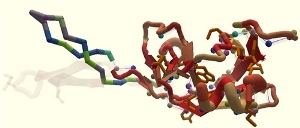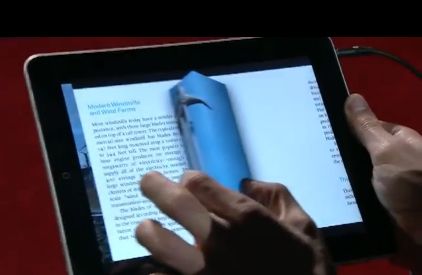Did you hear about Kaggle.com? It is one of the most innovative startups of 2011 according to Business Insider. Agreed, it is an improvement on the model of “Open Innovation” developped by Innocentive or Ninesigma, but unfortunately it still misses the point of collaborative innovation, or Crowd-Innovation.
Kaggle is bringing together scientists (mainly data-scientists) to participate in collaborative competitions to solve difficult problems. It boasts a network of 17,000 PhD-level people.

Have a look at their sites and the different possible competitions. The most well known is the “Heritage Health Prize” with a prize of 3 million US$: Can you predict who will turn up at the hospital next year based on people’s medical history / historical claims data?
Of course that’s the outlier; most competitions have a prize of 10,000$ or less, and are mainly rewarded by community recognition among the world’s best data-crunchers, or free trips or the ability to present in a well-known conference. You can help to improve prediction of insurance claims, rating of pictures, or help NASA bring evidence of dark matter!
It appears that Kaggle brings something more than Innocentive or Ninesigma, who also bring together the problems of large companies and a worldwide network of passionate problem solvers. Kaggle develops the concept of competition where people can see the result of others in real time, which is a form of deep motivation. Yet Kaggle still stops short of where the power of the Collaborative Age lies: collaboration between participants.
The right format of “Open Innovation” is still to mature. Will it be through companies, foundations, non-profits? How is real time feedback given about the performance of other competitors? How can we develop a spirit of true collaboration between the participants above and beyond competition, a tight community to solve the hardest problems?
The value of “Open Innovation” needs to be unleashed completely. Actually “Open Innovation” needs to be transformed into “Crowd-Innovation” because it is just that we want to achieve: getting people to collaborate meaningfully on a problem they are passionate about.
What will become of our Industrial-Age huge and rigid research organizations? They’ll have to open to the crowd or die.
Even Innocentive, Ninesigma and even Kaggle still need to go one step further or they will struggle to continue. Who will find the right concept, allowing cooperation between participants to develop?


